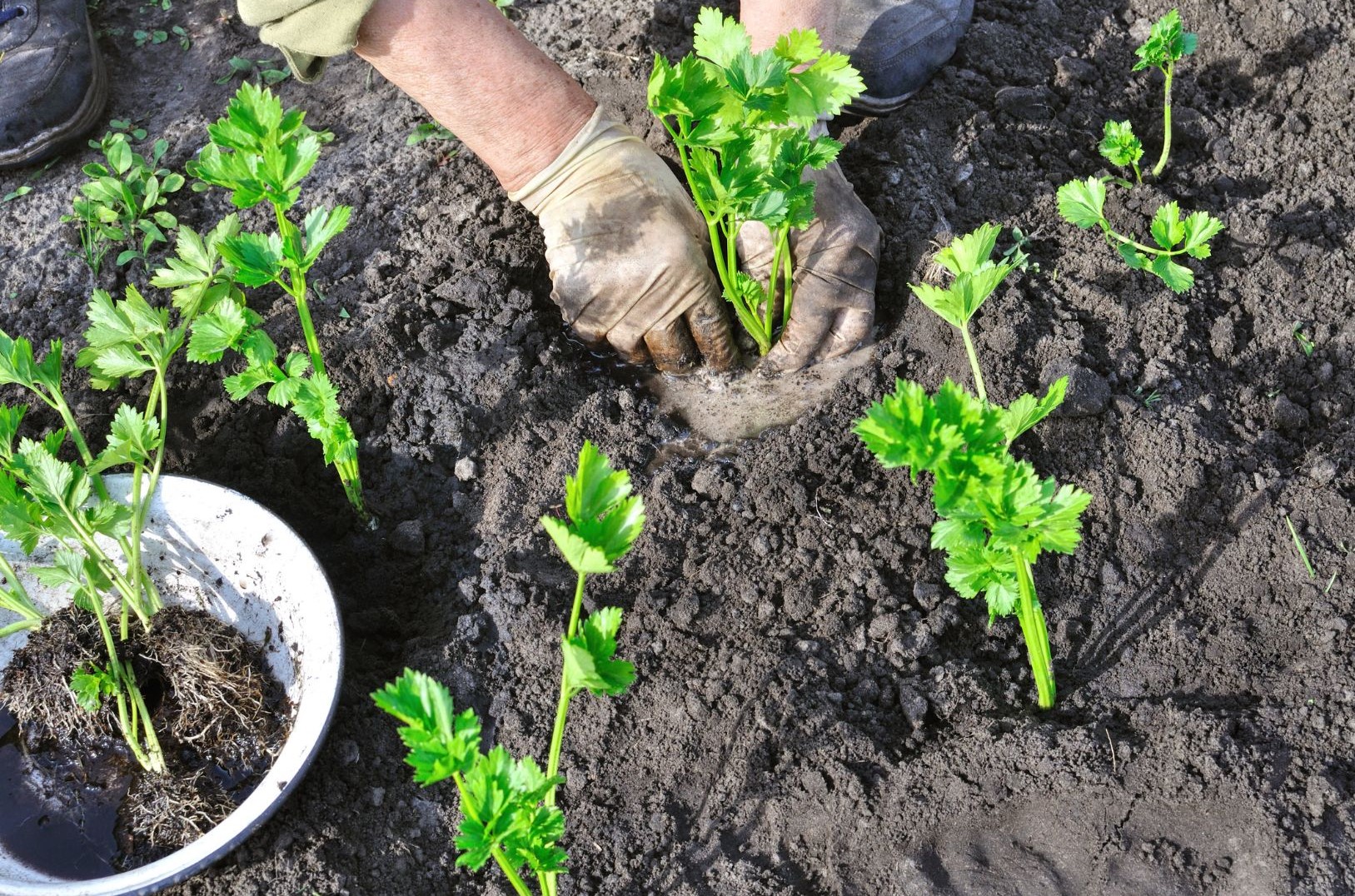How to Grow Celery in a Pot in your Garden

This post is also available in:
This post is also available in:
![]() Deutsch (German)
Deutsch (German) ![]() हिन्दी (Hindi)
हिन्दी (Hindi) ![]() Ελληνικά (Greek)
Ελληνικά (Greek)
Growing Celery at Home – How to Grow Celery in your backyard
Aromatic herbs are an excellent choice for backyard gardening, as they have minimum demands but lots of uses. Celery, in particular, is relatively easy to grow, and once you start growing it, you will never need to repurchase Celery!
The things you have to take into consideration when growing Celery at home are :
- Different celery cultivars are preferred for various reasons. You should carefully select the variety depending on whether you wish to grow Celery for its leaves, stalks, or roots.
- Celery is a winter crop but loves the sun and is sensitive to extremely low and high temperatures on most days of the year. Make sure you have a fully sun-exposed area in your backyard or balcony. You may have to move it to a semi-shadowy area only during summer heat waves.
- Celery does not have specific soil demands in order to grow. However, it will grow rapidly in rich soil with proper drainage and sufficient moisture. A commonly used technique is a special enriched soil type or typical soil mixed with compost and perlite or river sand.
- The right time to sow Celery is during early spring. A good technique is to mix the Celery seeds with sand because seeds are tiny and can be easily taken away by the air. Be Careful not to sow them deeper than 0.5-1cm (0.2-0.4 inches) in order to sprout.
- Celery seeds sprout in 18-25 days, depending on climate conditions.
- If you prefer to start your plants from seedlings, the right time for transplanting is spring.
- Celery needs regular irrigation. When you grow your plants in pots or garden beds, you may have to irrigate 3-4 times per week during summer and once to twice a week during spring and fall in cases of no rainfall.
- Celery is a heavy eater and needs rich soils to grow. For home cultivation, you can apply well-rotted manure and/or a balanced liquid general fertilizer once every 2 weeks (for potted plants) during summer. Any prolonged water or nutrient stress can lead to dry and fibrous stalks.
- Weed management is crucial. Weeds compete with Celery in nutrients and water. The best method is to remove them by hand.
- You can harvest Celery leaves practically any time you need them.
- Celery roots are ready for harvesting 5-8 months after sowing.
- If you want to consume the stems-stalks, you must blanch them. Pale (white-greenish) stalks are less bitter. You can start by thinning the stalks. Loosely tie the remaining ones, and wrap them with a newspaper, cardboard, or silver foil by leaving the leaves sticking on the top. The process of blanching may be performed 20-30 days or even more before harvest. You can do this either your plants grow in the garden or in pots.
Further reading
Interesting Facts, Nutritional Value and Plant Information of Celery
How to Grow Celery in a Pot in your garden
Growing Celery for Profit – Commercial Celery Farming
Celery Soil preparation, Soil requirements, and Seeding requirements
Celery Water Requirements – How to irrigate Celery
Celery Fertilizer Requirements









































































